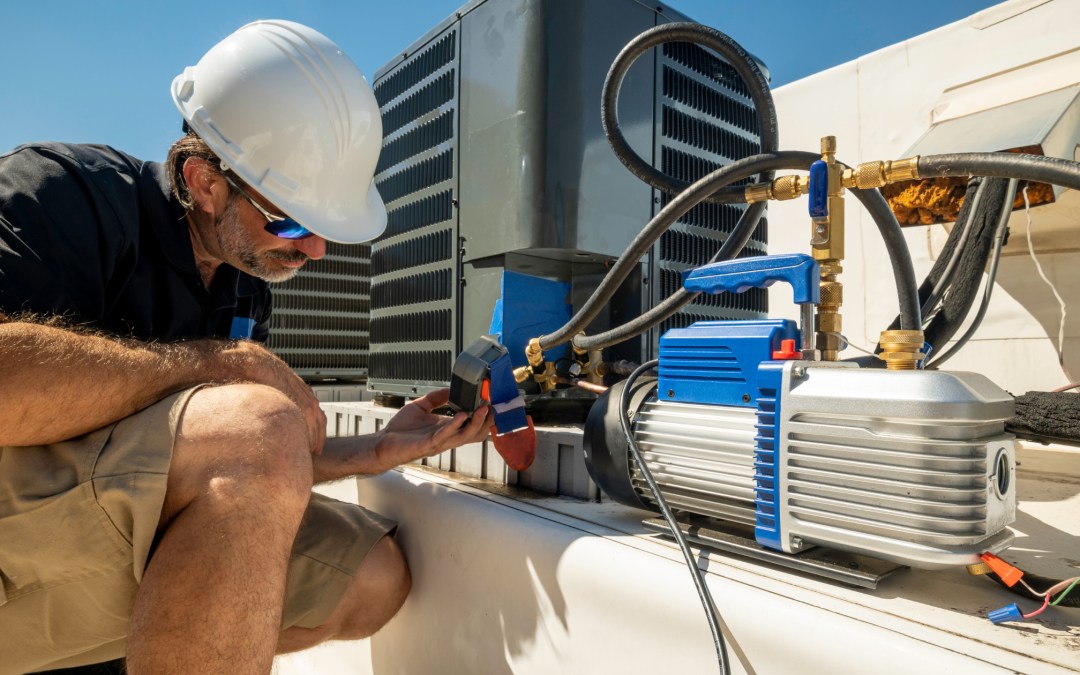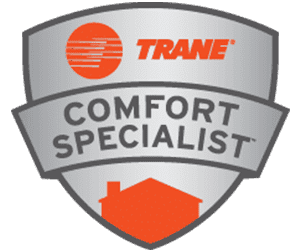As we go about our daily lives, we often underestimate the impact that indoor air quality can have on our health and finances. While we may be diligent about cleaning our homes and maintaining our HVAC systems, the truth is that subpar indoor air quality can lead to a host of hidden costs that extend far beyond what meets the eye. In this blog post, we’ll delve into the often-overlooked expenses associated with poor indoor air quality, from increased healthcare costs to reduced productivity. We’ll also explore how investing in air quality solutions can save you money in the long run.
Increased Healthcare Costs:
One of the most significant hidden costs of poor indoor air quality is the toll it can take on our health. Indoor air pollution, caused by factors such as dust, mold, pet dander, and volatile organic compounds (VOCs), can exacerbate respiratory conditions like asthma and allergies, leading to more frequent doctor visits, medication costs, and even hospitalizations. Additionally, prolonged exposure to indoor air pollutants has been linked to more serious health issues such as cardiovascular disease and lung cancer, further increasing healthcare expenses.
Reduced Productivity:
Poor indoor air quality doesn’t just affect our physical health—it can also impact our cognitive function and productivity. Studies have shown that exposure to indoor air pollutants can lead to symptoms such as headaches, fatigue, and difficulty concentrating, all of which can hinder performance in the workplace or at school. Furthermore, poor air quality has been linked to increased absenteeism and presenteeism, where employees show up to work but are not fully productive, resulting in lost wages and decreased overall productivity.
Property Damage and Maintenance Costs:
In addition to affecting our health and productivity, poor indoor air quality can also damage our homes and belongings, leading to costly repairs and maintenance. For example, high humidity levels caused by indoor air pollutants can promote mold growth, which can compromise the structural integrity of buildings and necessitate expensive remediation efforts. Similarly, pollutants like dust and pet dander can accumulate in HVAC systems, reducing efficiency and lifespan, and requiring costly repairs or replacements.
Investing in Air Quality Solutions:
While the hidden costs of poor indoor air quality may seem daunting, the good news is that there are steps you can take to mitigate these expenses and protect both your health and wallet. Investing in air quality solutions such as high-efficiency air filters, air purifiers, and ventilation systems can help remove pollutants from your indoor environment, improving air quality and reducing the risk of health issues and property damage. Additionally, regular HVAC maintenance and inspections can ensure that your system is operating efficiently and effectively, further minimizing the hidden costs associated with poor indoor air quality.
In conclusion, poor indoor air quality can have far-reaching consequences for both our health and finances. By understanding the hidden costs associated with subpar air quality and investing in proactive air quality solutions, we can safeguard our well-being and save money in the long run. At North Tarrant Heat & Air, we’re committed to helping our customers achieve clean, healthy indoor air through our comprehensive air quality solutions. Contact us today to learn more about how we can improve the air quality in your home or business.



